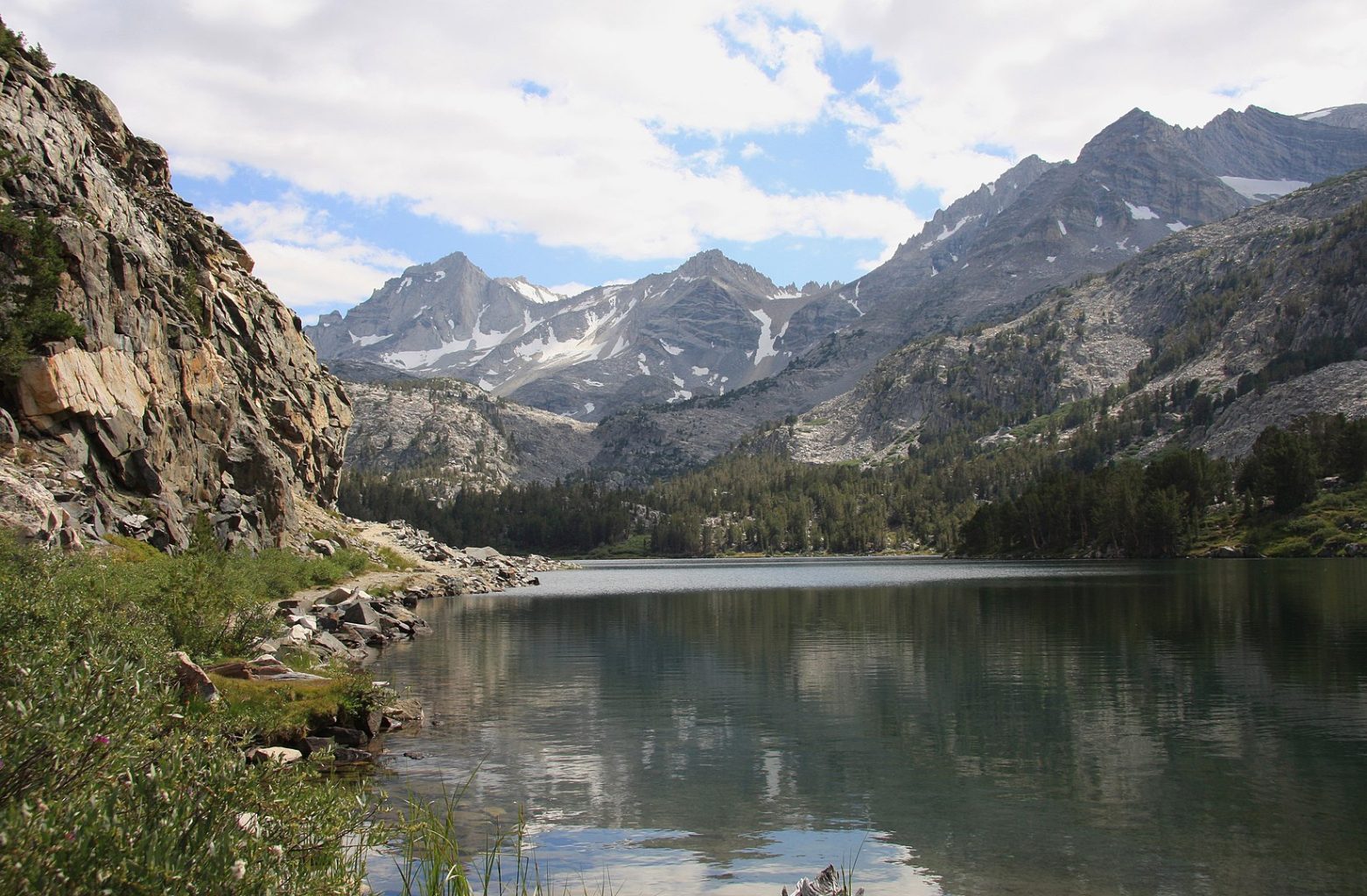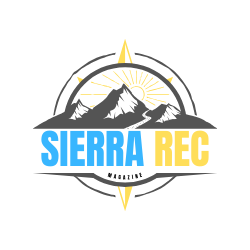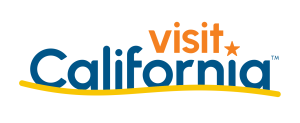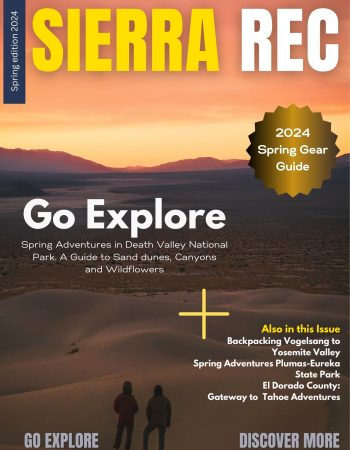Inspired by Exploration and "Wander"
The John Muir Wilderness spans over 100 miles of the Sierra’s most iconic alpine landscape from Mammoth Lakes to Mt. Whitney. Named after one of the Sierra biggest life long advocates and most quoted explorer, the John Muir Wilderness consists of more than half a million acres, bringing together some of the most spectacular landscape in the Sierra Nevada. It was designated in the 1964 Wilderness Act and contains the highest peak in the lower 48 states: Mt. Whitney at 14,494 feet. In addition to granite peaks and glacially carved canyons, the John Muir protects the headwaters of the South and Middle Forks of the San Joaquin River, as well as the North Fork of the Kings River.
MT. Whitney
Latest John Muir Access News
Permits
WILDERNESS PERMITS
Permits are required for all overnight trips in the John Muir Wilderness, and all trailheads have quotas. Why? Quotas apply to all overnight visitors, whether you use the services of a commercial outfitter/guide or not.
Wilderness Permits are available from the Sierra and Inyo National Forests, depending on where you plan to enter the Wilderness.
MT WHITNEY PERMITS
As the tallest peak in the lower 48 states, Mt Whitney is a popular destination. In order to preserve this area as a wilderness, permits are required for all all multi day trips and day use in the “Whitney Zone.” All the info you’ll need is available from the Inyo National Forest.
Trails & Access
Inyo National Forest and Sierra National Forest share management responsibility for the John Muir Wilderness. Approximately 299,000 Acres (46%) of the its 650,000 acres is managed by INF. It is contiguous with Kings Canyon and Sequoia National Parks, Ansel Adams Wilderness, Golden Trout Wilderness and several other wilderness areas. Together, they constitute one of the largest roadless areas in the lower 48 states.
The John Muir Wilderness is very heavily used. Approximately 30 million people live within a few hours’ drive. Access routes to Sequoia & Kings Canyon National Parks, as well as the iconic John Muir and Pacific Crest Trails, pass through it. High levels of use and the flux of visitors across jurisdictional boundaries require that visitors to adhere to high standards of conduct. Before visiting, familiarize yourselves with jurisdictional boundaries, regulations and appropriate Leave No Trace practices.
INYO National Forest Trails and Access
Hiking
 HIDE
HIDE
Backpacking
- Duck Lake
- Valentine Lake
- Laurel Lakes
- Convict Creek
- McGee Pass
- Hilton Lakes/Creek
- Tamarack Lake
- Mono Pass
- Little Lakes
- Pine Creek Pass
- Italy Pass
- Gable Lakes
- Horton Lakes
- Upper Buttermilk
- Piute Pass
- Lamarck Lakes
- Sabrina Lake
- George Lake
- Tyee Lakes
- Treasure Lakes
- Bishop Pass
- Baker Lakes
- N. Fork Big Pine
- S. Fork Big Pine
- Birch Lake
- Red Lake
- Taboose Pass
- Sawmill Pass
- Baxter Pass
- Golden Trout Lakes
- Kearsarge Pass
- Robinson Lake
- Shepherd Pass
- George Creek
- North Fork Lone Pine Creek
- Mt. Whitney
- Meysan Lakes
- Tuttle Creek
- Cottonwood Lakes
Sierra / Kings Canyon Trails and Access
| JOHN MUIR TRAILHEADS | |||
| J51 | Statum/Spanish | 5 | 3 |
| J52 | Crown/Rancheria | 6 | 4 |
| J53 | Woodchuck | 12 | 8 |
| J54 | Maxon (Courtright) | 15 | 10 |
| J55 | Corbet | 5 | 3 |
| J56 | Dutch | 5 | 3 |
| J57 | Florence | 21 | 14 |
| J58 | Hooper | 5 | 3 |
| J59 | Bear Diversion | 6 | 4 |
| J60 | Bear Ridge | 6 | 4 |
| J61 | Mono Creek | 18 | 12 |
| J62 | Devils/Graveyard | 12 | 8 |
| J63 | Margaret Lakes | 5 | 3 |
Related Articles
- Sierra Rec Now – Valentines in the Mountains – Episode 7
- Fischer Announces new Freestyle ski — Nightstick
- Alpacka Raft Releases Three New Models for 2024
- 33rd Annual Rocky Mountain Oyster Fry returns on Saturday, March 16
- Backpack Through The Wildest Corners Of The Sierra Nevada.
- Experience The Thrill Of Tubing At Woolly’s Tube Park In Mammoth Mountain, California
- A Valentines Treat at Virginia City’s Piper House
- Tahoe Regional Planning Agency Honored with Rosa Parks Award






